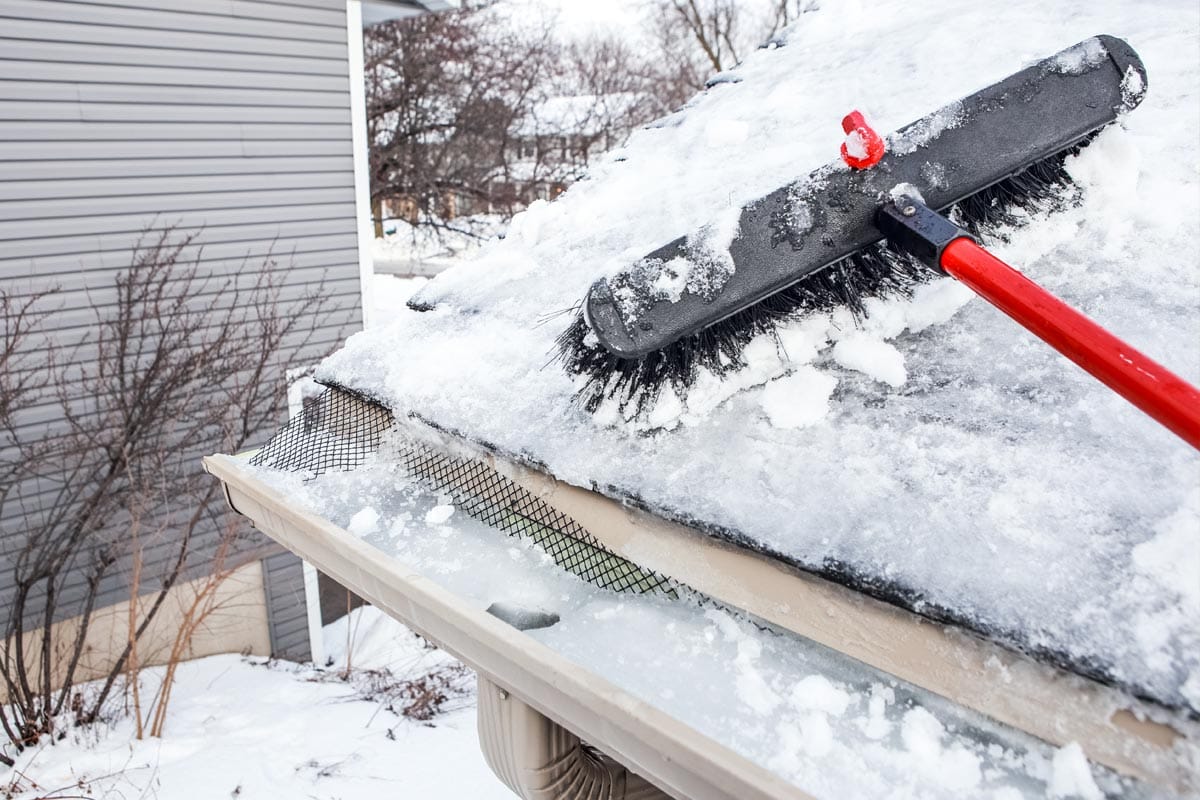

Articles
How To Keep Gutters From Freezing
Modified: February 23, 2024
Learn effective strategies and tips on preventing gutters from freezing with our informative articles. Keep your gutters in top condition all year round.
(Many of the links in this article redirect to a specific reviewed product. Your purchase of these products through affiliate links helps to generate commission for Storables.com, at no extra cost. Learn more)
Introduction
Gutters play a vital role in ensuring proper drainage and protecting our homes from water damage. However, during the winter months, gutters are susceptible to freezing, causing potential problems and headaches for homeowners. Frozen gutters can lead to ice dams, which can result in roof leaks, structural damage, and even injury from falling icicles.
Understanding why gutters freeze is essential in order to prevent this issue and maintain the functionality of our drainage systems. In this article, we will explore the causes of frozen gutters and provide practical tips and methods to keep them from freezing.
So, let’s dive in and learn how to protect our gutters from the perils of winter!
Key Takeaways:
- Preventing frozen gutters involves regular maintenance, proper insulation, and strategic measures such as gutter cleaning, roof clearing, and insulation installation. By taking proactive steps, homeowners can protect their gutters and prevent potential winter damage.
- Clearing ice and snow from gutters is essential for preventing freezing and ice dams. Using tools like roof rakes, de-icing tablets, and warm water flushes, homeowners can ensure efficient drainage and maintain the functionality of their gutter systems.
Read more: How To Keep Driveway From Freezing
Understanding the Causes of Frozen Gutters
Before we delve into prevention methods, it’s important to understand the underlying causes of frozen gutters. By identifying these factors, we can take the necessary steps to mitigate them and ensure the proper functioning of our gutter systems.
1. Low Temperatures: The most obvious cause of frozen gutters is the drop in temperature. When temperatures plunge below freezing, any moisture or water in the gutters can freeze, leading to ice buildup and blockage.
2. Inadequate Insulation: Poor insulation in the attic and along the roofline can allow warm air to escape, causing the snow and ice on the roof to melt. As the water flows down into the gutters, it can freeze due to the cold temperatures, resulting in frozen gutters.
3. Clogged Gutters: Gutters that are already clogged with leaves, debris, and other obstructions can make it difficult for water to flow freely. When this blocked water freezes, it can cause ice dams and prevent the gutters from draining properly.
4. Improper Slope: If the gutters are not installed with the correct slope, water may accumulate in certain sections, increasing the chances of freezing. Properly sloped gutters allow water to flow towards the downspouts, minimizing the risk of frozen gutters.
5. Inadequate Ventilation: Inadequate ventilation in the attic can lead to warm air getting trapped, causing the snow on the roof to melt unevenly. As the water trickles down and reaches the gutters, it can freeze, creating a blockage in the gutters.
Now that we understand the various factors that contribute to frozen gutters, let’s explore some preventative measures to keep them from freezing and causing potential damage to our homes.
Prevention Tips for Freezing Gutters
Preventing gutters from freezing is crucial to maintain the integrity of the gutter system and protect our homes from water damage. Here are some practical tips to help prevent gutters from freezing:
1. Clean and Clear: Regularly clean your gutters and downspouts to ensure that there are no obstructions such as leaves, debris, or ice buildup. This allows for proper water flow and reduces the risk of clogging.
2. Keep the Roof Clear: Remove snow and ice from the roof to prevent it from melting and flowing into the gutters. Use a roof rake or broom to gently remove the snow, taking care not to damage the roof surface.
3. Insulate Attic and Roof: Properly insulate the attic and roof to minimize heat loss and prevent snow from melting on the roof. This helps to maintain a consistent roof temperature and reduces the chance of water freezing in the gutters.
4. Seal Gaps and Leaks: Inspect the gutters for any gaps or leaks and seal them with a waterproof sealant. This ensures that water does not escape and cause unnecessary moisture buildup, which can contribute to frozen gutters.
5. Install Gutter Guards: Consider installing gutter guards to prevent debris from accumulating in the gutters. These guards help to keep the gutters clear and maintain proper water flow, reducing the risk of freezing.
6. Adjust Downspouts: Make sure that the downspouts are directed away from the foundation of your home and onto a sloped area. This allows water to drain properly and prevents it from pooling near the gutters, where it can freeze.
7. Drip Edge Installation: Install a drip edge along the roof’s edge to prevent ice and snow from sliding into the gutters. This helps to maintain an open pathway for water to flow and reduces the chances of freezing.
8. Trim Overhanging Trees: Trim any branches or limbs that are hanging over the gutters. This prevents them from accumulating leaves and debris, which can hinder water flow and contribute to freezing.
By implementing these prevention tips, you can significantly reduce the likelihood of frozen gutters and the potential damage that comes with it. However, in extreme weather conditions, additional measures may be necessary to keep your gutters ice-free.
Insulating Gutters to Prevent Freezing
Insulating your gutters is an effective method to prevent freezing and ensure proper drainage during the winter months. By adding insulation, you can maintain the temperature of the gutters, reducing the risk of ice formation. Here are some ways to insulate your gutters:
1. Foam Inserts: Foam inserts are a popular option for gutter insulation. These long, flexible pieces of foam can be inserted into the gutters to create a barrier between the cold air and the water inside. Foam inserts help to keep the gutters warm, preventing water from freezing and blocking the flow.
2. Heat Tape: Heat tape, also known as gutter heating cable, is another effective solution for preventing frozen gutters. It is a flexible electric heating element that can be installed along the gutters and downspouts. When plugged in, the heat tape generates warmth, melting any ice or snow that accumulates in the gutters.
3. Insulated Covers: Insulated covers are designed to fit over the gutters and provide an extra layer of insulation. These covers help to trap heat within the gutters, preventing them from freezing. They also act as a shield, keeping debris out and reducing the need for frequent cleaning.
4. Reflective Insulation: Reflective insulation can be applied to the back of the gutters to reduce heat loss and maintain a consistent temperature. It works by reflecting heat back into the gutter, preventing it from reaching freezing temperatures. Reflective insulation is easy to install and can be purchased in rolls or sheets.
5. Roof Insulation: In addition to insulating the gutters, it is essential to insulate the roof as well. Proper roof insulation helps to create a barrier between the warm interior of your home and the cold outdoor temperatures. This reduces the chances of snow melting on the roof and freezing in the gutters.
When insulating your gutters, it’s important to follow manufacturer instructions and safety guidelines. If you’re not confident in installing insulation yourself, it is best to consult a professional to ensure proper installation and effectiveness.
By insulating your gutters, you can minimize the risk of freezing and maintain the integrity of your drainage system throughout the winter season.
Make sure your gutters are clean and free of debris before the cold weather hits. This will prevent water from getting trapped and freezing, causing potential damage to your gutters.
Using Heat Tape or Roof Deicing Cables
Heat tape or roof deicing cables are effective solutions for preventing frozen gutters and ice dams. These heating elements provide a continuous source of warmth that melts snow and ice, ensuring proper drainage and reducing the risk of damage to your gutters and roof. Here’s how you can use heat tape or roof deicing cables:
1. Installation: Begin by measuring the length of your gutters and downspouts to determine the amount of heat tape or deicing cable needed. Follow the manufacturer’s instructions for proper installation. In most cases, the cables are attached along the edge of the roof, inside the gutter, and down the downspouts.
2. Placement: Lay the heat tape or deicing cables along the gutters, ensuring that they are evenly spaced and make contact with the base of the gutters. If using deicing cables, attach them using clips or fasteners as recommended by the manufacturer. Ensure that the cables extend down the downspouts to prevent ice formation inside.
3. Power Connection: Connect the heat tape or deicing cables to a power source as per the manufacturer’s instructions. It’s important to use an outlet with a ground fault circuit interrupter (GFCI) for safety purposes. Some systems have built-in thermostats or timers to regulate the heat output, providing energy efficiency and convenience.
4. Operation: Once the heat tape or deicing cables are properly installed and connected, they will generate heat when turned on. This heat will melt any snow or ice that gathers in the gutters, ensuring proper drainage and preventing ice dams from forming. It’s recommended to keep the system running during times of snowfall or freezing temperatures.
5. Maintenance: Regularly check the heat tape or deicing cables for any signs of damage or malfunction. Remove any debris or obstructions that may inhibit their effectiveness. It’s also essential to monitor the power consumption and ensure the system is functioning efficiently.
Using heat tape or roof deicing cables can be a reliable way to keep your gutters from freezing and prevent the formation of ice dams. However, it’s important to follow the manufacturer’s guidelines and consult a professional if needed for proper installation and operation.
Remember to exercise caution when working with electrical components, and always prioritize safety when using heating elements to prevent frozen gutters.
Read more: How To Keep Gutters From Clogging
Other Methods to Keep Gutters from Freezing
In addition to insulation and heating solutions, there are other methods you can use to keep your gutters from freezing. These methods can help maintain proper water flow and prevent ice buildup in your gutters during the winter months. Let’s explore some alternative approaches:
1. Salt or Ice Melt: Sprinkling salt or ice melt along the gutters and downspouts can help prevent ice from forming. These substances lower the freezing point of water, allowing it to remain in a liquid state even in cold temperatures. However, it’s important to use these products sparingly and avoid damaging landscaping or corroding gutters.
2. Gutter Screens or Mesh: Installing gutter screens or mesh covers can prevent debris from entering the gutters and causing blockages. This allows water to flow freely and reduces the chances of ice formation. Regularly clean the screens or mesh to ensure proper functionality.
3. Gutter Flush: To remove any ice or debris from the gutters, use a gutter flush system. This involves using a high-pressure hose or pressure washer to flush out any obstructions. Be cautious not to use excessive force that may damage the gutters or loosening their fasteners.
4. Heat Source: Another method to prevent frozen gutters is to place a heat source near the gutters or downspouts. You can use heat lamps, heated mats, or even heated coils. These heat sources provide warmth to the gutters, helping to melt any ice or snow accumulation.
5. Proper Drainage: Ensure that your gutters are properly sloped towards the downspouts to promote efficient drainage. This allows water to flow quickly and prevents pooling, which can lead to freezing. Regularly check and adjust the slope as needed.
6. Roof Rake Maintenance: Keep your roof clear of excess snow by using a roof rake. This tool allows you to remove snow from the roof before it has a chance to melt and freeze in the gutters. Regularly rake off accumulated snow to prevent ice dams and frozen gutters.
It’s important to note that these alternative methods may not be as effective as insulation or heating solutions, especially in areas with harsh winter conditions. Therefore, it’s crucial to assess your specific needs and consult with professionals if necessary to determine the most appropriate approach for your situation.
By implementing these methods, you can reduce the risk of frozen gutters and ensure that your drainage system remains functional and efficient throughout the winter season.
Clearing Ice and Snow from Gutters
Clearing ice and snow from gutters is an essential task during the winter season to prevent freezing, ice dams, and potential damage to your gutter system. Here are some effective methods for clearing ice and snow from your gutters:
1. Use a Roof Rake: A roof rake is a long-handled tool specifically designed to remove snow from the roof. With a roof rake, you can safely and easily pull snow off the roof, preventing it from melting and freezing in the gutters. Start from the edge of the roof and work your way up, being careful not to damage the roof surface.
2. Safely Remove Ice Dams: If you notice ice dams forming along the edges of the roof or inside the gutters, it’s important to address them promptly. Use a roof rake, ice melt products, or warm water in a spray bottle to melt the ice and allow it to drain. Avoid using sharp tools that may damage the gutters or roof.
3. Gutter De-Icing Tablets: Gutter de-icing tablets are designed to melt ice and snow in the gutters and downspouts. These tablets are typically made of calcium chloride and can be placed directly in the gutters. They gradually release heat, melting the ice and allowing water to flow freely.
4. Heat Gun or Hairdryer: For smaller areas of ice buildup, you can use a heat gun or a hairdryer to melt the ice in the gutters. Be cautious and use low heat settings to avoid damaging the gutters or causing injury. Always prioritize safety when using electrical tools around water.
5. Warm Water Flush: If the weather permits, you can use warm water to flush out the ice and snow from the gutters. Fill a bucket with warm water and pour it along the gutters, paying attention to areas where ice is blocking the flow. The warm water helps to melt the ice, facilitating the removal process.
6. Professional Gutter Cleaning: If you’re uncomfortable or unable to clear ice and snow from your gutters yourself, it’s advisable to seek professional help. Gutter cleaning professionals have the necessary tools and expertise to safely remove ice and snow, ensuring proper drainage and preventing damage to your gutters.
Remember to prioritize safety when clearing ice and snow from gutters. Use appropriate safety equipment, work with a partner if possible, and avoid working on a roof or ladder during inclement weather conditions.
By regularly clearing ice and snow from your gutters, you can prevent freezing, ice dams, and potential damage, allowing for efficient drainage and maintaining the functionality of your gutter system.
Conclusion
Frozen gutters during winter can cause significant damage to your home, from ice dams to roof leaks, and even structural issues. However, by understanding the causes of frozen gutters and implementing preventative measures, you can protect your gutters and maintain the integrity of your drainage system.
In this article, we explored various methods to keep gutters from freezing. We learned about the importance of regular gutter maintenance, including cleaning out debris and ensuring proper slope and drainage. We also discussed the benefits of insulation, such as using foam inserts, heat tape, or roof deicing cables to keep gutters warm and prevent ice formation.
Additionally, we explored alternative methods like gutter screens, salt or ice melt, and heat sources to help mitigate freezing issues. We discussed the importance of clearing ice and snow from gutters using tools like roof rakes, gutter de-icing tablets, and warm water flushes. Seeking professional help when necessary is also crucial to ensure the proper clearing of ice and snow from gutters.
Remember, safety should always be a top priority when dealing with frozen gutters. Take precautions when working at heights or with electrical tools and adhere to manufacturer instructions and safety guidelines.
By implementing these preventative measures and staying proactive in maintaining your gutters throughout the winter season, you can avoid the costly repairs and inconveniences associated with frozen gutters. Keeping your gutters free from ice and snow ensures efficient drainage, protects your home, and provides peace of mind during the colder months.
So, take the necessary steps to safeguard your gutters, and enjoy a worry-free winter season knowing that your drainage system is well-protected against freezing.
Frequently Asked Questions about How To Keep Gutters From Freezing
Was this page helpful?
At Storables.com, we guarantee accurate and reliable information. Our content, validated by Expert Board Contributors, is crafted following stringent Editorial Policies. We're committed to providing you with well-researched, expert-backed insights for all your informational needs.
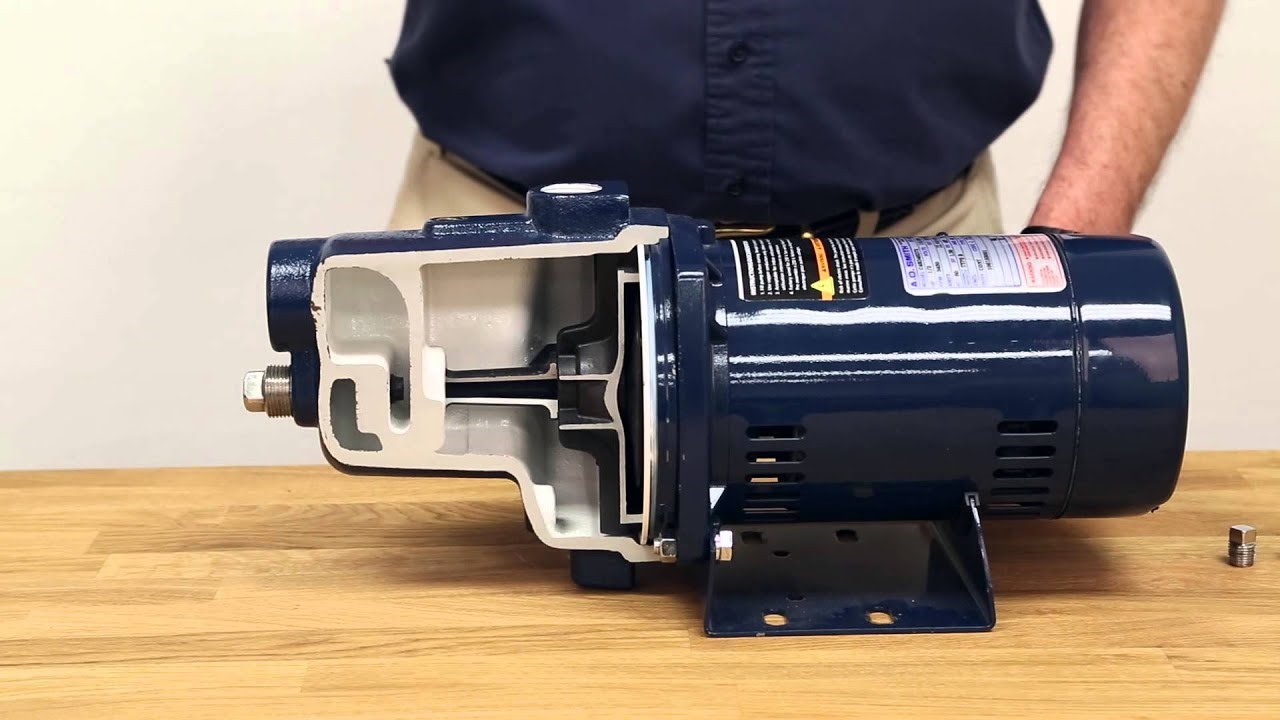
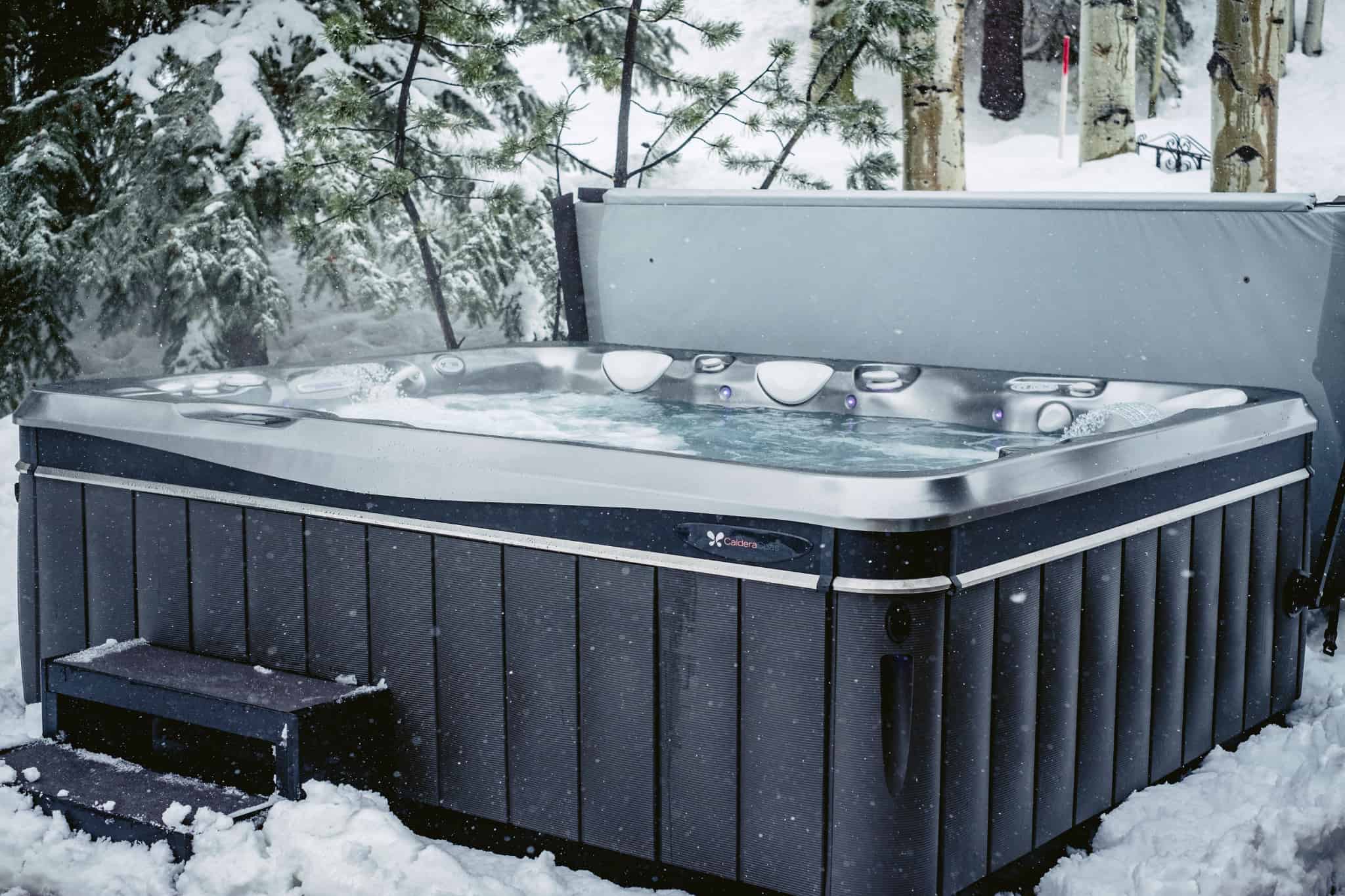
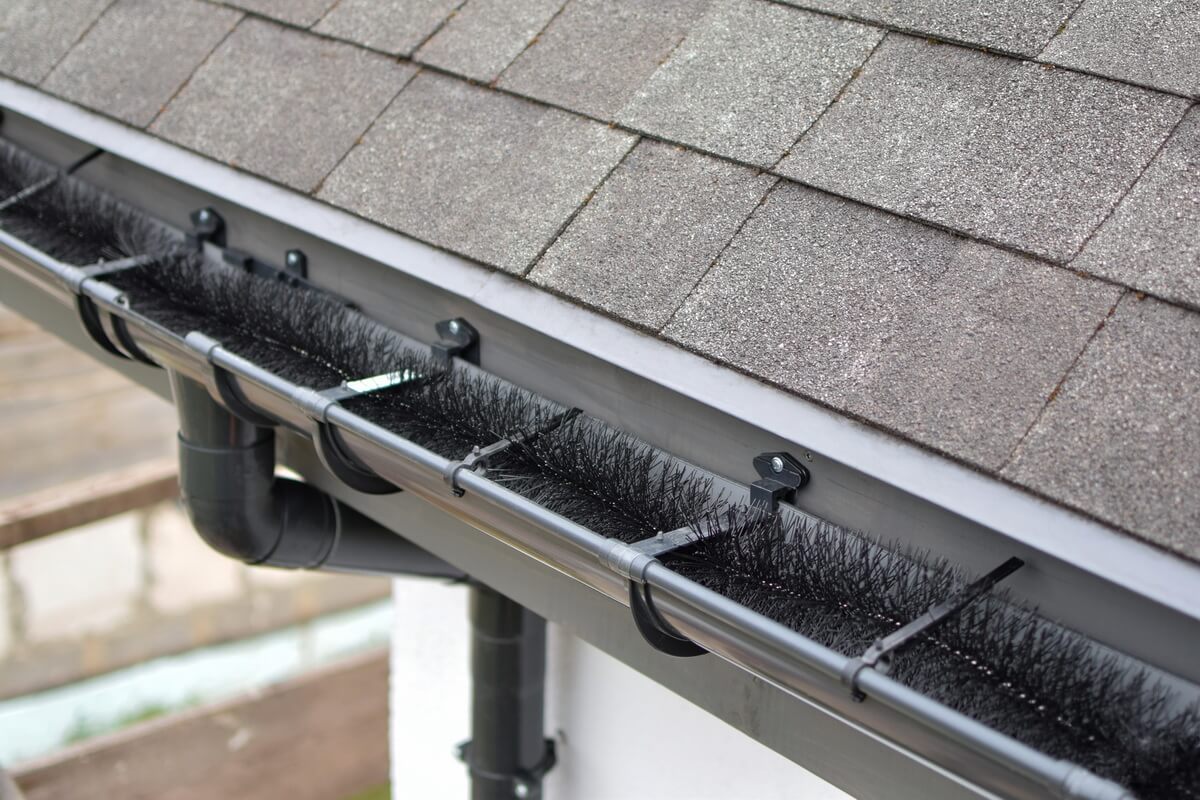

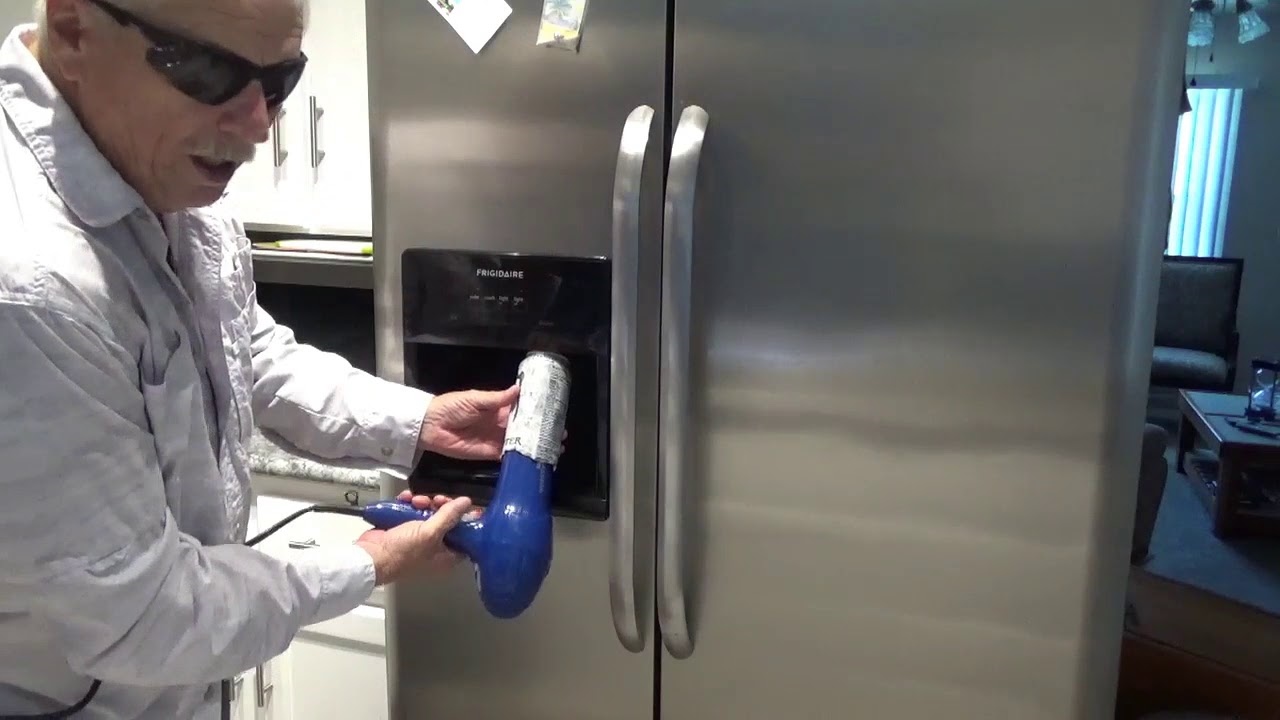
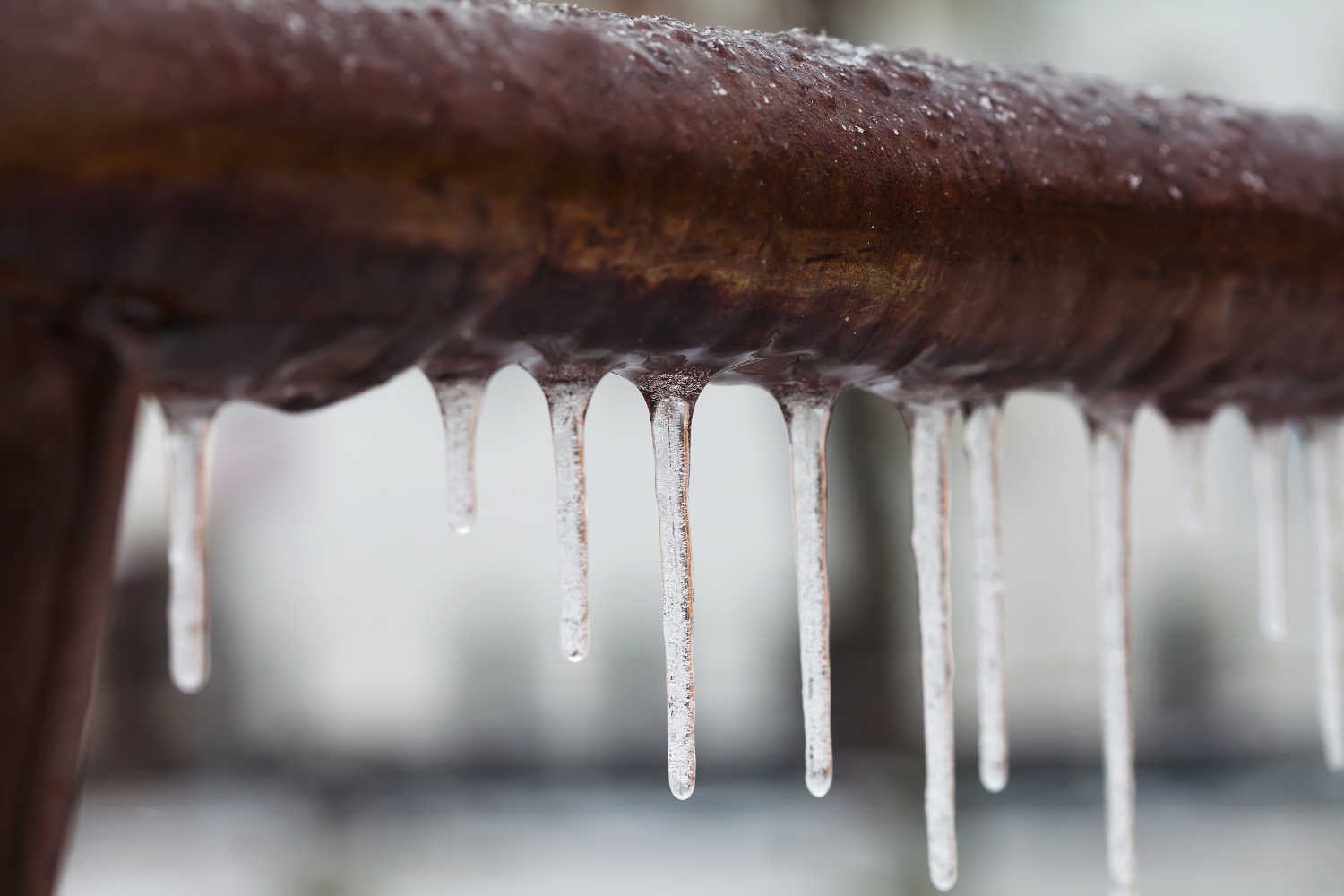
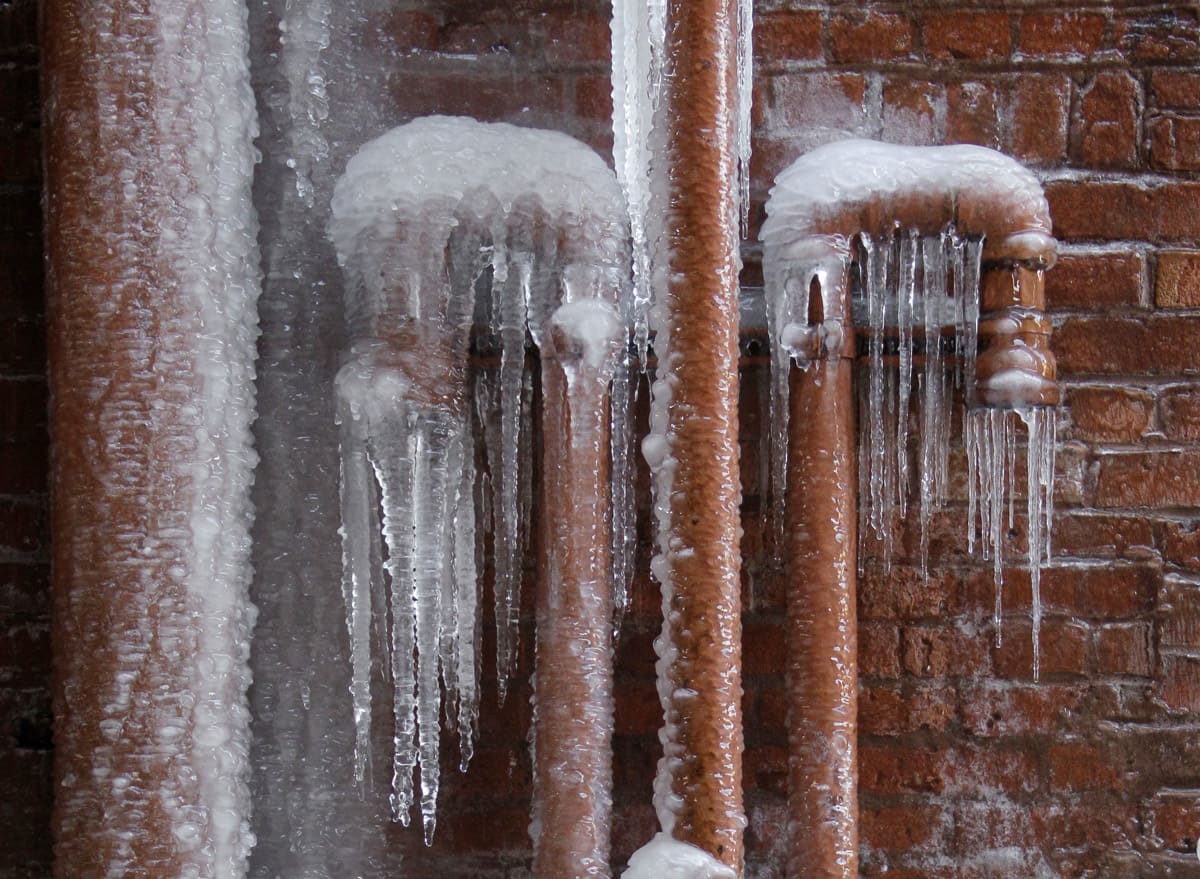
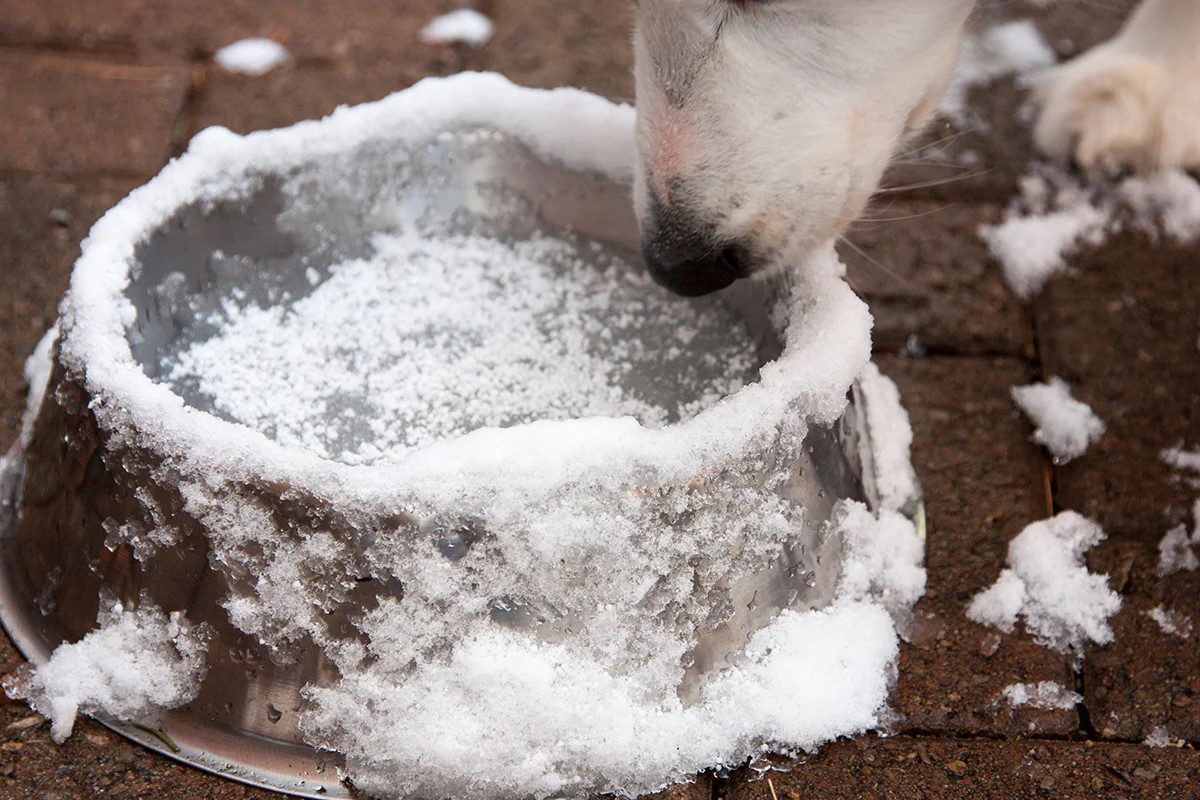
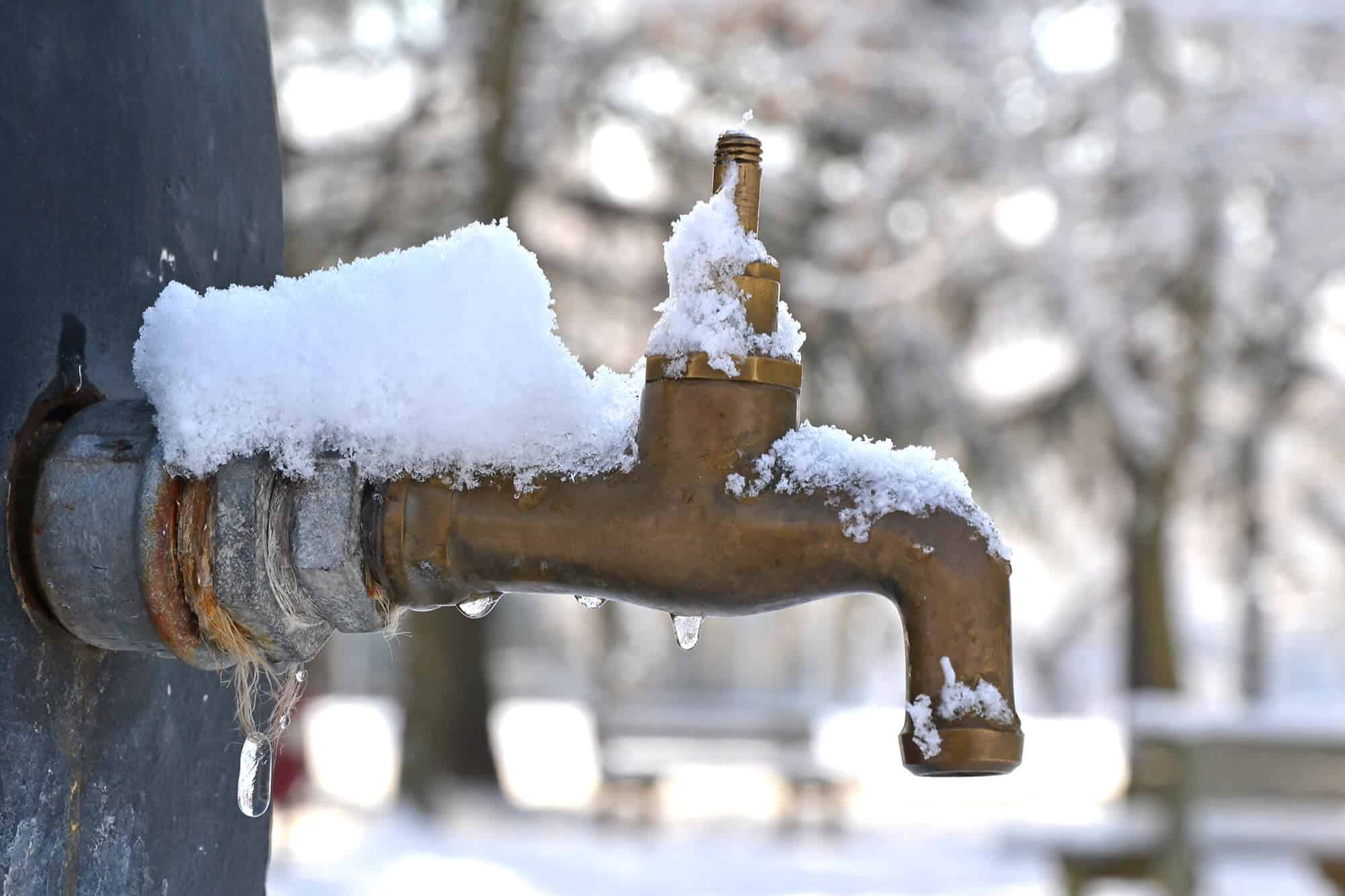
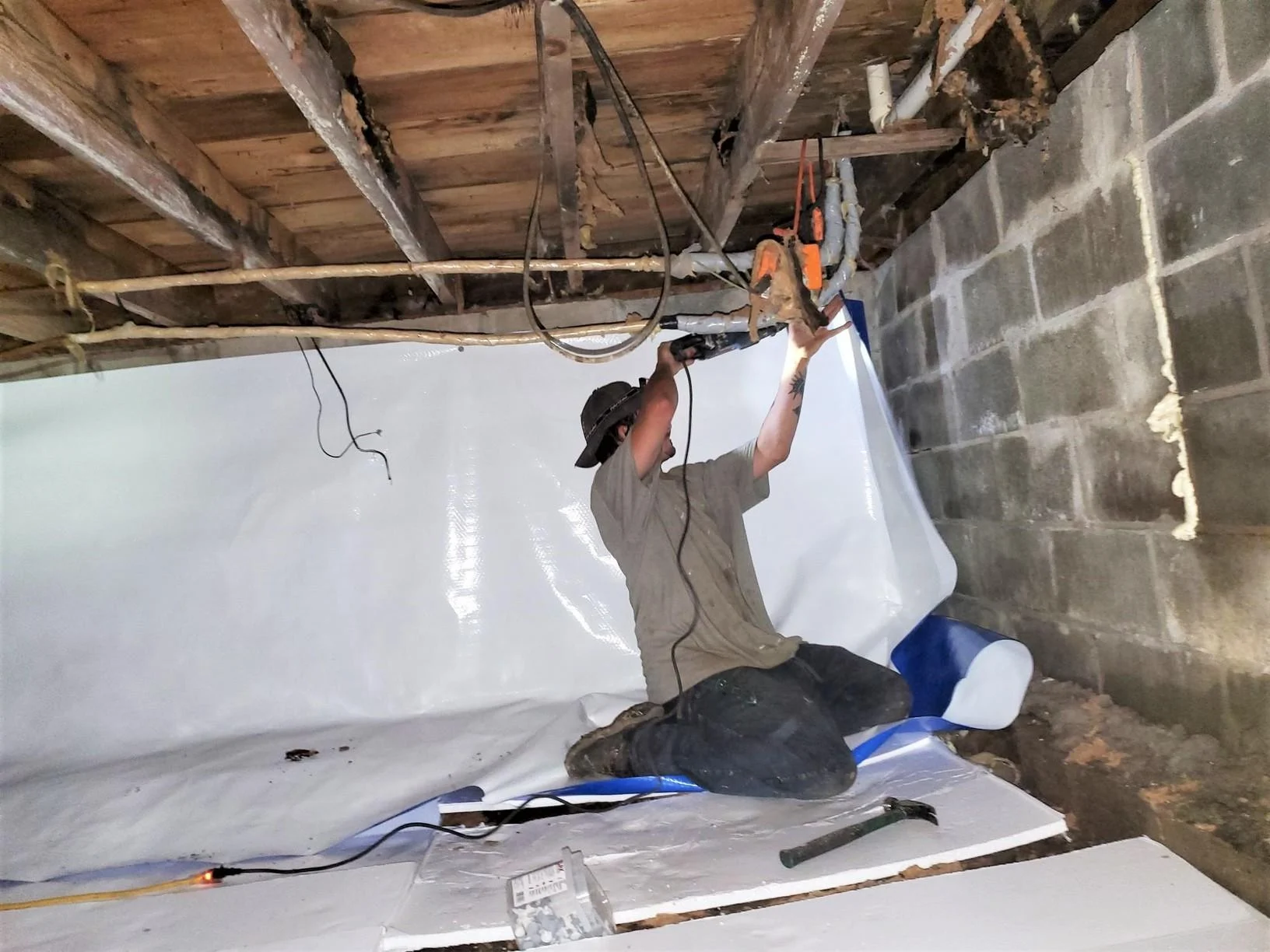
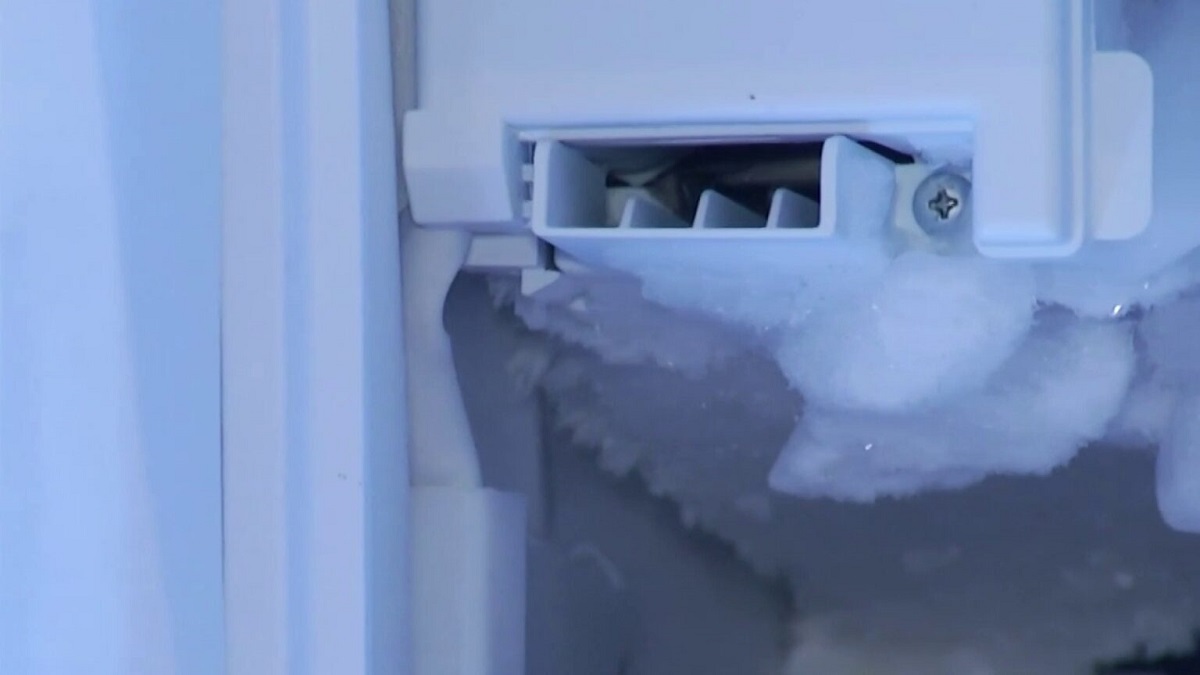
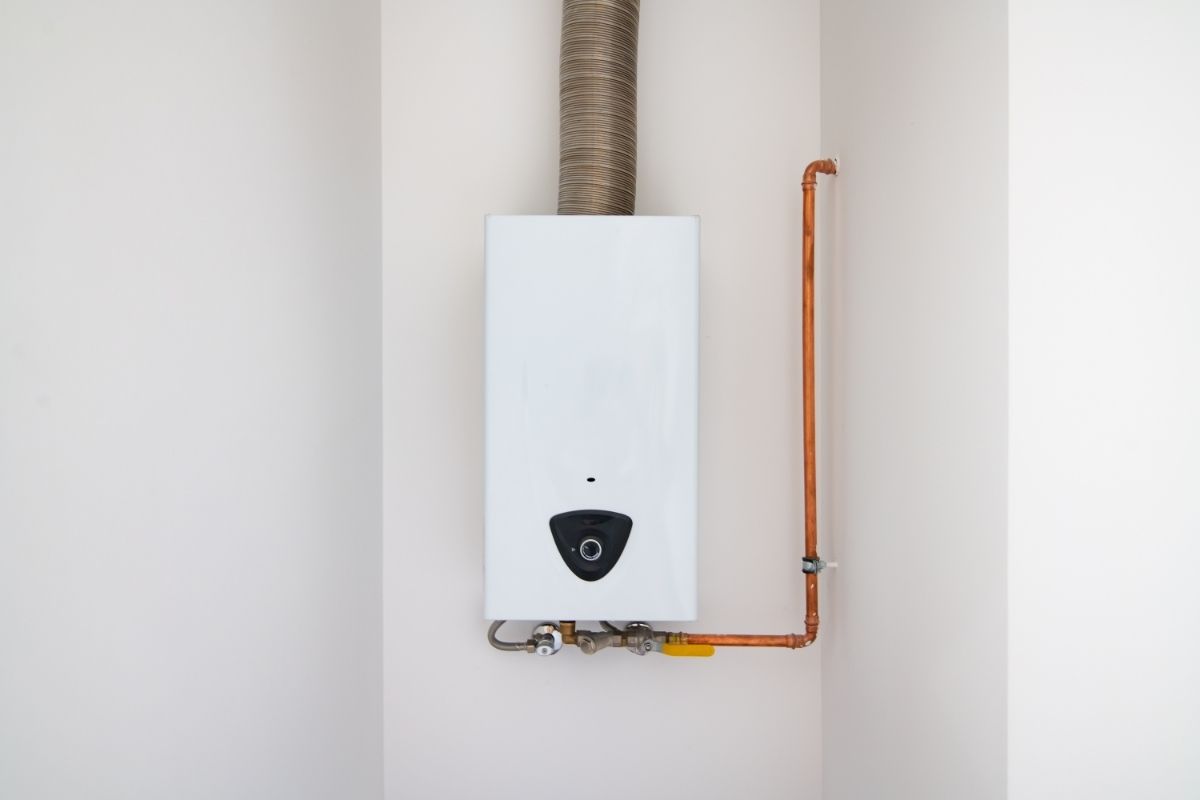
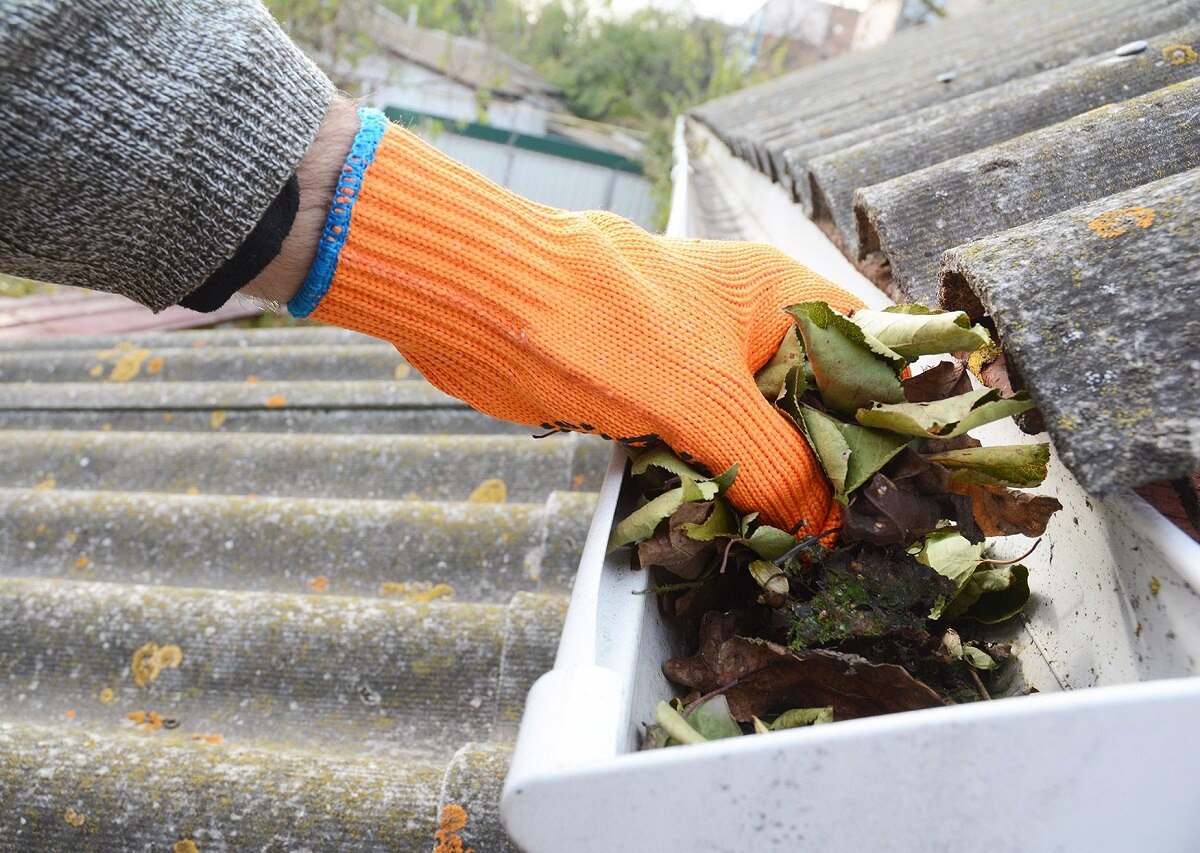
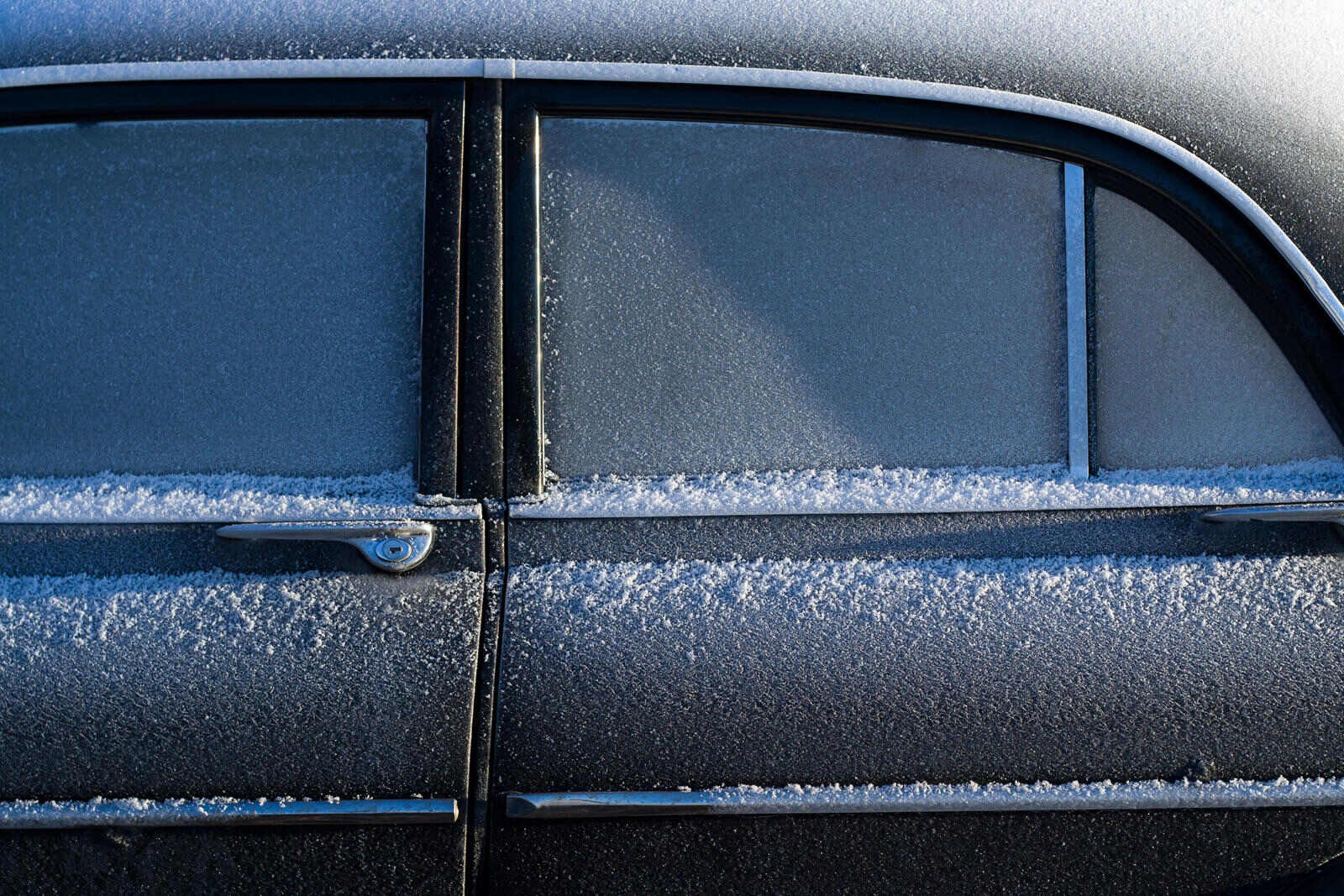

0 thoughts on “How To Keep Gutters From Freezing”